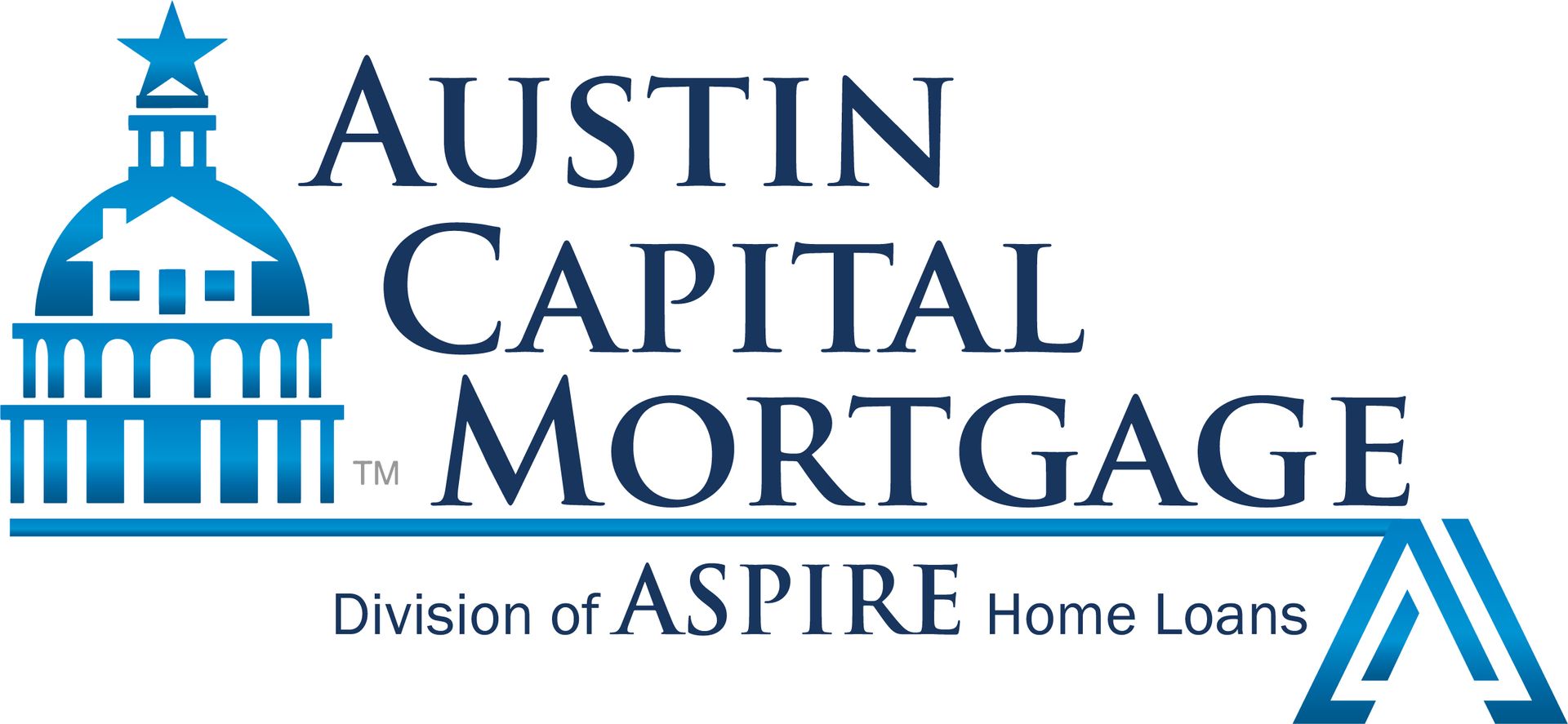How to Remove an Escrow Account from Your Mortgage: Pros, Cons, and Step-by-Step Guide
Josh Neimark
An escrow account is a separate account that is set up by a mortgage lender to collect payments for property taxes and homeowner's insurance. While having an escrow account can make it easier for homeowners to manage these expenses, it can also be a source of frustration. Many homeowners prefer to remove the escrow account from their mortgage, but is it the right choice for you? In this article, we'll discuss the pros and cons of removing an escrow account from your mortgage and provide you with a step-by-step guide to help you through the process.
Pros of Removing an Escrow Account from Your Mortgage
- Save money on mortgage payments
- Increase control over your finances
- Earn interest on your money
- Avoid surprises and discrepancies in your escrow account
Cons of Removing an Escrow Account from Your Mortgage
Require a larger down payment or equity in your home
Have to manage property taxes and homeowner's insurance on your own
Be responsible for making timely payments
Risk foreclosure or loss of property
Step-by-Step Guide to Removing an Escrow Account from Your Mortgage
- Contact your lender
- Research property taxes and homeowner's insurance
- Provide proof of insurance
- Pay off any outstanding balances in your escrow account
- Sign the necessary paperwork
- Monitor your account and make timely payments
Conclusion
Removing an escrow account from your mortgage can be a big decision. While there are benefits to doing so, there are also risks involved. It's important to weigh the pros and cons and determine if it's the right choice for you. If you do decide to move forward, following the step-by-step guide we provided can help you through the process.

